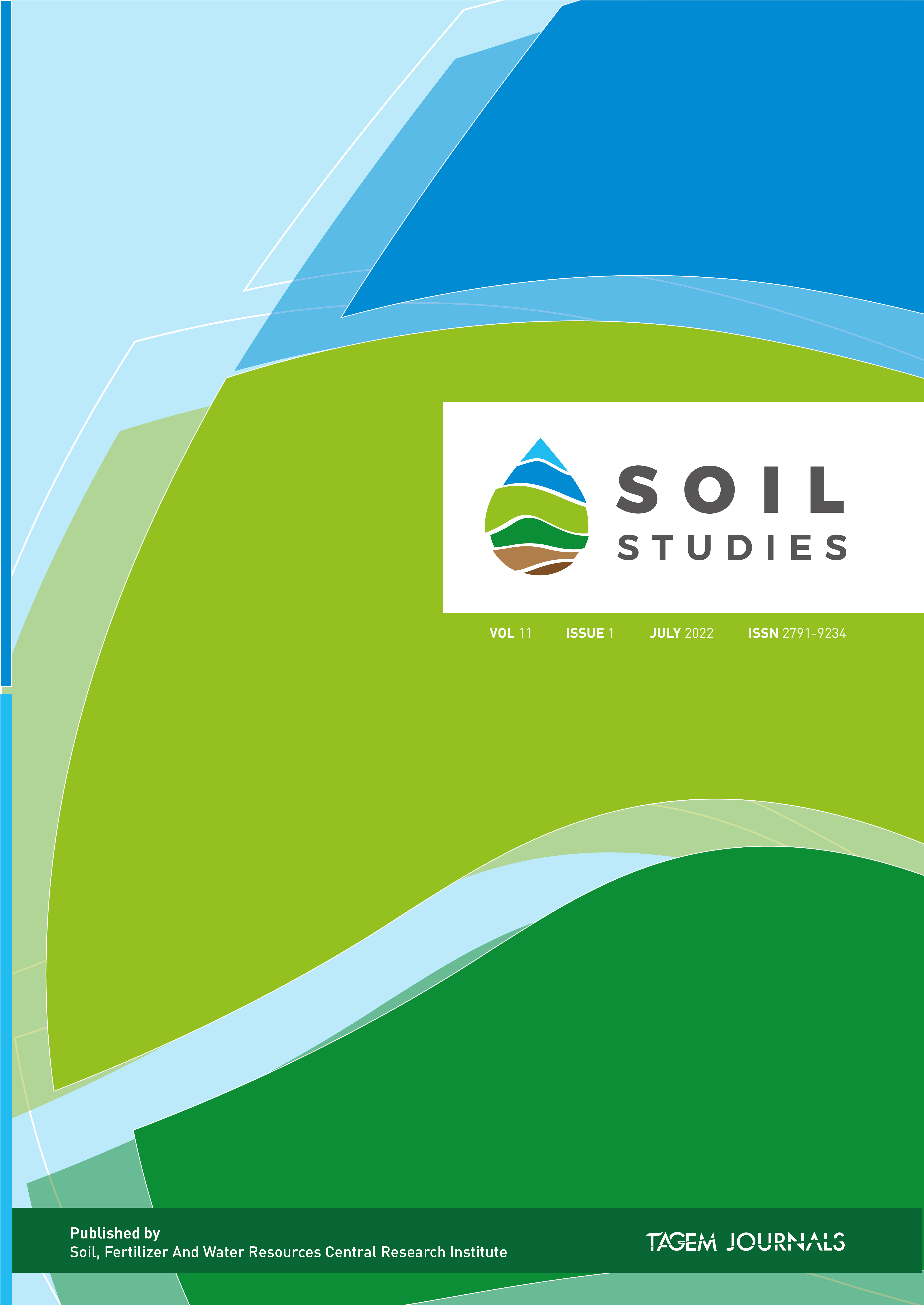Farklı Yüzey Aktif Maddelerin Soya Bitki Kuru Ağırlığına Etkileri
İlk yoğun kullanımının salgın hastalıkların önlenmesinde ve temizlik işlerinde 1960'lı yıllarda olduğu
deterjanların, su ve toprakta bozunmadan kalması ve bu sularla yetiştirilen bitkileri etkilemesi, akarsulara,
göllere ve denizlere ulaşması canlıları ve insan sağlığını tehdit etmektedir. Bu durum doğanın
kirlenmesinde önemli rol oynayan bu maddeler konusunda önlem alma zorunluluğunu ortaya
çıkarmaktadır. Çalışma anyonik, katyonik ve iyonik olmayan Yüzey Aktif Maddelerin (YAM), soyanın (Glycine
max L.) gelişimine etkilerini belirlemek amacıyla gerçekleştirilmiştir. Deneme; tuzsuz, hafif alkalin
reaksiyonlu, organik madde ve fosforu düşük, kireç ve potasyum kapsamı fazla, killi tınlı bünyeli toprağa,
180 mg N kg-1 (% 26'lık amonyum nitrat) ve 100 mg P kg-1 (% 42–44'lik Triple Süperfosfat) ilavesiyle
tesadüf parselleri deneme deseninde 3 tekrarlamalı olarak serada kurulmuştur. Soya ekiminden sonra,
YAM'ler 0, 180, 360, 540 ve 720 mg kg-1 seviyelerinde saksılara uygulanmıştır. Soya hasatı ekilişten 50
gün sonra yapılmıştır. Anyonik YAM ve iyonik olmayan YAM uygulaması soya kuru ağırlıklarında (p< 0.01)
azalma meydana getirmiş, katyonik YAM ise bir fark oluşturmamıştır. Bitki kuru ağırlığının anyonik ve iyonik
olmayan YAM'ler tarafından kısıtlandığı ve azaldığı, soyanın anyonik ve iyonik olmayan YAM bileşiklerine
hassasiyet gösterdiği belirlenmiştir. Çalışma sonuçlarına göre; bu bileşiklerin muhtemelen kök bölgesinde
bitki gelişimini olumsuz etkilediği söylenebilir.
The Effects of Different Surfactants on Soybean Plant Dry Weight
The first using of detergents to intercept epidemic diseases and clean materials with a majority is in
1960s. Detergents remain in water and earth without decomposing. These contaminated waters affect
growing plants badly and threaten the livings in rivers, lakes and seas and the health of people. These
substances play an important role in natural and environmental pollution. The compulsion of taking
precautions arises. This study has been realized with the purpose of being determined the effects of anionic,
cationic and nonionic surfactants to the development of soybean. The soil of greenhouse, used for the
study is within the scope of much lime and potassium, light alkali reactive, little organic material and
phosphorus, clay and without salt. The research was conducted as randomized split parcels with 3
repetitives in greenhouse. Testing was designed with the addition of 180 mg N kg-1 (26% Ammonium
Nitrate) and 100 mg P kg-1 (42–44 % triple super phosphate). After soybean sowing, surfactants were
applied to the pots with varying degrees 0, 180, 360, 540 and 720 mg kg-1. Soybean was harvested 50
days later from sowing. Anionic and nonionic surfactants caused a decrease dry weight of soybean shoots
(p< 0.01). Cationic surfactant did not cause to decrease dry weight of the plant significantly. Dry weight of
soybean is limited and reduced the by anionic and nonionic surfactants. Soybean plant was determined to be sensitive anionic and nonionic compounds. According to the results of this study these surfactants
negatively affect the growth of plant especially in root area.
